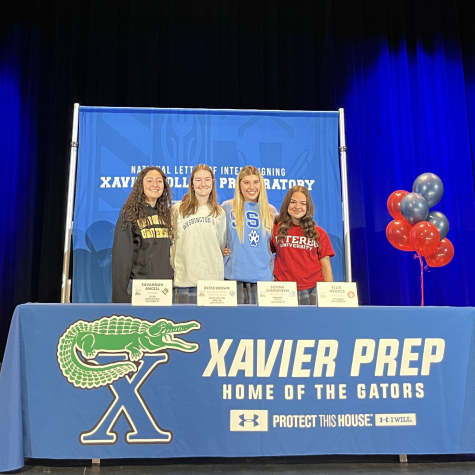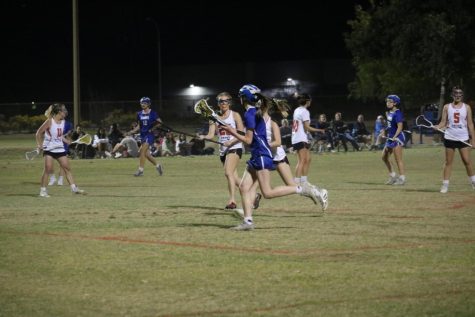Is LEGO’s new “Friends” sets sexist?
The toy-brick company has come under fire for marketing according to kids’ genders.
The LEGO Friends set seeks to color more of its products pink to market to young girls. Blue is traditionally associated with boys while pink is associated with girls.
“The urge to create is equally strong in all children. Boys and girls. It’s the imagination that counts. Not skill. You build whatever comes into your head, the way you want it.” This is what LEGO said to parents in a letter included in their toy sets nearly 40 years ago, according to Caroline Bologna from the Huffington Post. The letter continues that girls might like things that are marketed toward boys and vice versa. In the 1970’s, this message was probably controversial and a fairly new idea. However, it seems that many people want LEGO to return to its roots.
In January 2012, LEGO released a new line of sets called LEGO Friends, which contain female characters with bright colored clothing who go to places like the mall and the salon. The toy-brick company has come under fire for marketing according to kids’ genders.
Bailey Shoemaker Richards, a freelance writer, was one of the critics of LEGO Friends and started a petition for the company to stop gender marketing. In an interview with Michel Martin on NPR, Richards commented on the difference between LEGO’s magazine for girls and for boys. “The LEGO Club girl magazine very noticeably lacks any build instructions and the storylines are very domestic…the characters are eating and partying and looking for a lost puppy, as opposed to going on these big adventures that they’re selling to boys,” Richards said. Although Richards does not have any children of her own, many parents have expressed their discontent by signing her online petition.
Artist Marisa Patrinos posted a comic that depicted her response to LEGO Friends. In the comic, a LEGO representative shows Patrinos a sample of one of the sets. She responds by saying that she wasn’t very interested in shopping or going out for smoothies with her friends. Instead, all she wanted was for the LEGO figurines in the adventure sets to have female characters in them. In an interview with Dr. Rebecca Hains from RebeccaHains.com, Patrinos said, “I actually don’t have a problem with the content- I know there’s absolutely nothing wrong with playing with juice bars or shopping malls. I just don’t know if those things should be associated with gender.”
Sophomores Amanda Platt and Carolina Cisneros had good memories of playing with these toys when they were younger.
Platt liked the endless possibilities and combinations of Legos. “Anything could become everything. There wasn’t a right way to play with them…whatever you did was fantastic,” said Platt.
“I enjoyed playing with LEGO train sets because you could rearrange them to make them any way you wanted,” said Cisneros.
However, Platt thinks that LEGO is sending the wrong message to its customers by releasing LEGO Friends. “Girls are just as capable of playing with “normal” LEGOS… but then [LEGO] comes out with a ‘girls’ set [which] implies to me that they never thought girls could play with them,” said Platt.
On the other hand, Cisneros thinks that the new sets can be a good thing. “I think it can appeal to some girls or some kids in general instead of the normal LEGO city sets. They’re more specific,” said Cisneros.
LEGO Friends has actually been successful in sales. According to Jan M. Olsen from the Associated Press, “LEGO’s new line of toys created specifically for girls helped first-half profits jump 35 percent, despite criticism for fueling gender stereotypes.” Olsen also said that LEGO created the LEGO Friends in response to parents’ and childrens’ desire for more realistic and detailed sets with brighter colors and role playing opportunities.”
Catalina, Cisneros’ younger sister, enjoys the new LEGO sets because she can disassemble them and put them together to make an entirely different creation. “Also, if you don’t like the way it is, you can take it apart and make it the way you like it, unlike other dollhouses,” said Catalina. She has about 24 sets of LEGO Friends herself, which include a cafe and a pet salon. She also enjoys playing with sets like “Emma’s Fashion Design Studio” and “Olivia’s Invention Workshop”. Cisneros says that the “Hearlake Veterinarian” set has inspired Catalina to want to take care of animals in the future.
Though many people disapprove of LEGO Friends on first glance due to gendered marketing, it also seems that some still believe that LEGO’s original mission has never really changed.








